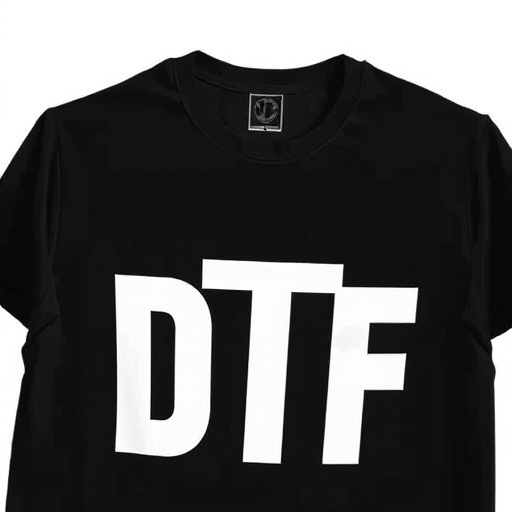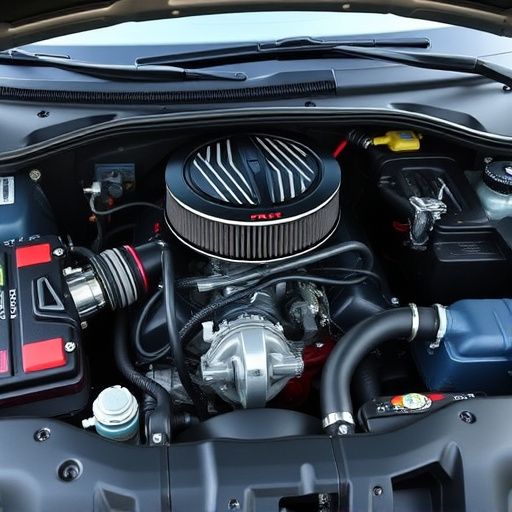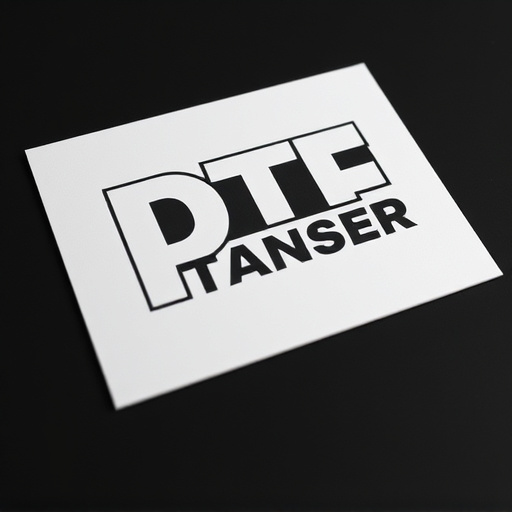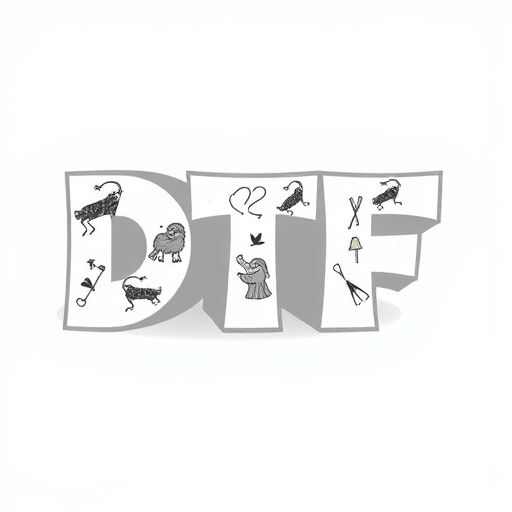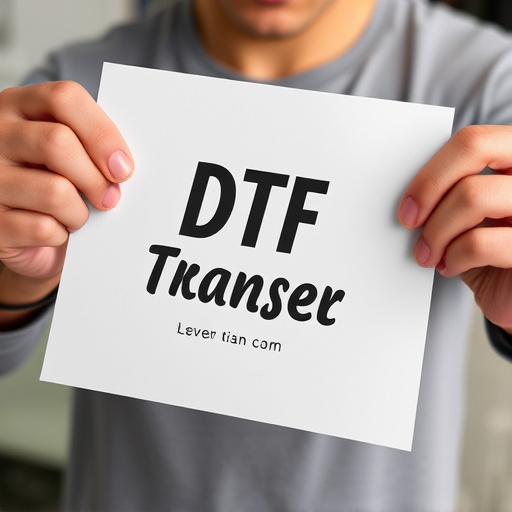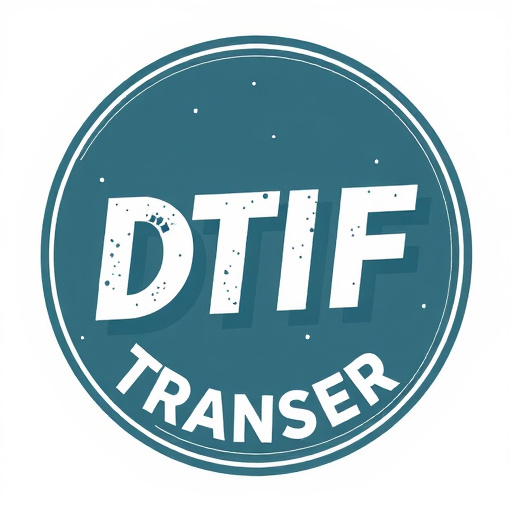Direct-to-Film (DTF) transfers are transforming branding by directly printing onto film for precise, vibrant results. This method eliminates intermediate steps, speeds up production, and reduces errors. DTF enables businesses to create complex designs with rich colors and sharp edges for high-quality packaging and merchandise. Its versatility, efficiency, and ability to meet modern consumer demands give companies a competitive edge. By optimizing design elements, material choices, and techniques, businesses can achieve impactful DTF prints that align with their branding goals across various media. Implementing DTF across marketing channels enhances brand awareness and engagement, while case studies demonstrate its success in sectors like retail and athletic wear, driving customer recognition and sales.
In today’s competitive business landscape, a strong brand identity is essential. Direct-to-film (DTF) transfers offer a revolutionary branding technique, enabling businesses to create vibrant, durable prints on various materials. This article explores the benefits of DTF for enhancing brand visibility and engagement. From understanding DTF transfers and their key components to choosing suitable materials and implementing across marketing channels, we provide insights into this innovative printing method. Discover how successful case studies have leveraged DTF prints for impactful brand storytelling.
- Understanding Direct-to-Film (DTF) Transfers: A Revolutionary Branding Technique
- The Benefits of DTF Transfer for Business Branding
- Key Components of a Successful DTF Print Design
- Choosing the Right Materials and Techniques for DTF Transfers
- Implementing DTF Branding Across Different Marketing Channels
- Case Studies: Success Stories of DTF Transfer in Action
Understanding Direct-to-Film (DTF) Transfers: A Revolutionary Branding Technique
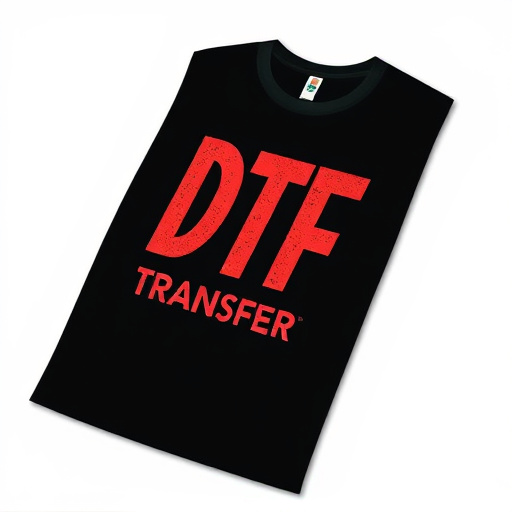
Direct-to-Film (DTF) transfers are a cutting-edge branding technique that’s transforming how businesses bring their designs to life. Unlike traditional printing methods, DTF involves transferring ink directly onto film, offering unparalleled precision and vibrancy in prints. This revolutionary approach eliminates the need for intermediate surfaces, streamlining the production process and reducing potential errors.
With DTF transfers, businesses can achieve complex and detailed designs with vivid colors and sharp edges, making them ideal for a variety of applications. From high-quality packaging to promotional merchandise, DTF printing enhances brand visibility and leaves a lasting impression on customers. Its versatility allows for unique, customized products that cater to modern consumers’ demands, giving businesses a competitive edge in the market.
The Benefits of DTF Transfer for Business Branding
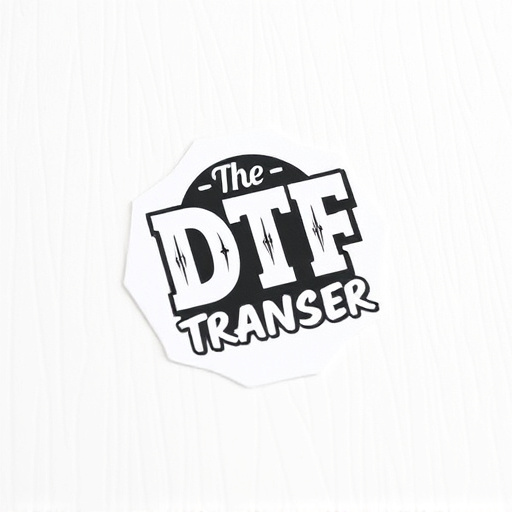
Direct-to-film (DTF) transfers offer a versatile and efficient method for businesses to enhance their branding strategies. This cutting-edge printing technology allows for the application of intricate designs, logos, and graphics directly onto various surfaces, such as clothing, accessories, and promotional items. One of the key advantages is its ability to produce high-quality, vibrant prints with exceptional durability, ensuring your brand’s visual identity stands out in a competitive market.
By utilizing DTF Printing, businesses can achieve consistent branding across multiple touchpoints. It streamlines the production process, enabling rapid turnaround times without compromising on quality. This technology is particularly beneficial for custom merchandise, allowing companies to cater to individual customer preferences while maintaining brand consistency. Moreover, DTF prints provide a cost-effective solution, making it an attractive option for businesses looking to create impactful and memorable brand experiences.
Key Components of a Successful DTF Print Design

A successful Direct-to-Film (DTF) transfer design hinges on several key components. Firstly, understanding the unique characteristics of DTF printing is paramount. This process involves transferring ink directly onto a film, which is then applied to various surfaces, offering a cost-effective and versatile solution for branding. The design should be optimized for the medium, focusing on high-quality visuals and sharp text to ensure the final prints are visually appealing.
Color selection plays a crucial role; vibrant hues can significantly enhance brand recognition. Additionally, considering the surface where the DTF print will be applied is essential. Whether it’s a t-shirt, mug, or promotional item, the design needs to adapt seamlessly to maintain clarity and impact. Effective layout planning, incorporating brand elements coherently, and leaving adequate space for application ensure the final product aligns perfectly with branding goals.
Choosing the Right Materials and Techniques for DTF Transfers

When considering a DTF Transfer for business branding, selecting the appropriate materials and techniques is paramount to achieving high-quality, long-lasting prints. The right combination ensures that logos, graphics, and text are accurately reproduced on various film surfaces, ultimately enhancing brand visibility. Key factors in this decision include substrate compatibility, ink types, and application methods.
For instance, choosing between vinyl, polycarbonate, or acrylic films depends on the intended use case—indoor vs. outdoor exposure, durability requirements, and desired aesthetic. Ink selection is equally crucial; solvent-based inks offer vibrant colors but require careful handling, while UV-curable inks provide fast drying times and superior adhesion, making them ideal for diverse surfaces. Advanced DTF Printing techniques, such as direct printing or heat transfer, further refine the process, enabling intricate designs and precise color matching to elevate brand representation across various media.
Implementing DTF Branding Across Different Marketing Channels

Implementing Direct-to-Film (DTF) branding across various marketing channels opens up a world of possibilities for businesses to showcase their unique identity in a dynamic and visually appealing manner. This innovative printing technique allows for seamless integration of branded designs onto a variety of surfaces, from promotional merchandise to digital signage. For instance, DTF transfers can be applied to t-shirts, mugs, and even mobile phone cases, creating consistent brand awareness throughout the customer journey.
Moreover, DTF prints excel in enhancing online marketing efforts, especially on social media platforms. Branded content featuring DTF designs can capture attention, engage audiences, and effectively convey a company’s message. The versatility of this technology ensures that businesses can maintain a cohesive brand image while reaching new customers across multiple digital channels, ultimately driving brand recognition and loyalty.
Case Studies: Success Stories of DTF Transfer in Action

Direct-to-film (DTF) transfers have proven to be a game-changer in business branding, with numerous success stories across various industries. Case studies highlight how DTF printing has elevated brand visibility and uniqueness. For instance, a small retail business specializing in eco-friendly products used DTF transfers to create visually appealing packaging, instantly setting their brand apart in a crowded market. The result? A 30% increase in customer recognition and a surge in online sales within the first quarter.
Another compelling example is a startup focused on athletic wear, which utilized DTF technology to print intricate designs on their performance gear. This innovative approach not only allowed them to customize orders for individual athletes but also fostered a strong sense of community among their growing clientele. The success led to increased social media engagement and word-of-mouth referrals, solidifying the brand’s position as an industry disruptor in sports apparel.






